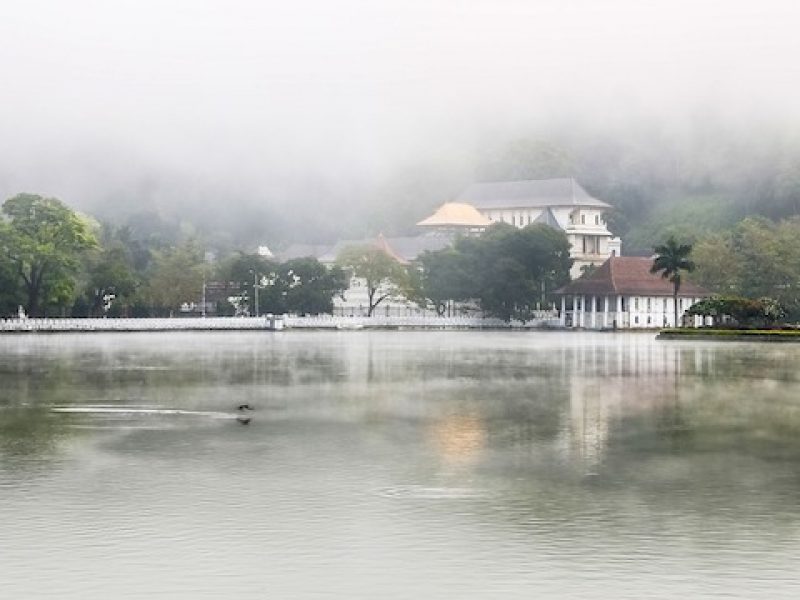Seven Wonders of India Tour celebrates the undulated heritage and classic charm that lies in various man-made wonders dotting the country’s timeline. Traversing through the four Indian metros, the tour has the intensity to engage a traveller in awe and wonder by serving the diverse flavours of country in one single tour.
Bringing together different heritage sites, Seven Wonders of India offers glimpses of Aurangabad’s Ajanta and Ellora Caves, Vijayanagara Empire’s ruins in Hampi, Mahabalipuram’s Rock cut temples. Moving towards eastern Orissa in Bhubaneshwar, the tour explores Lingaraj Temple and Konark’s Sun Chariot Temple. Further moving towards the center of India, the tour finds hold to the ultimate discovery in Indian mainland including Delhi’s Qutub Minar, Madhya Pradesh’s Sanchi Stupa by Emperor Ashoka and Bhimbetka’s caves. And finally, the Seven Wonders of India Tour enters the ultimate end with the crown of Indian timeline- The Taj Mahal in Agra.


